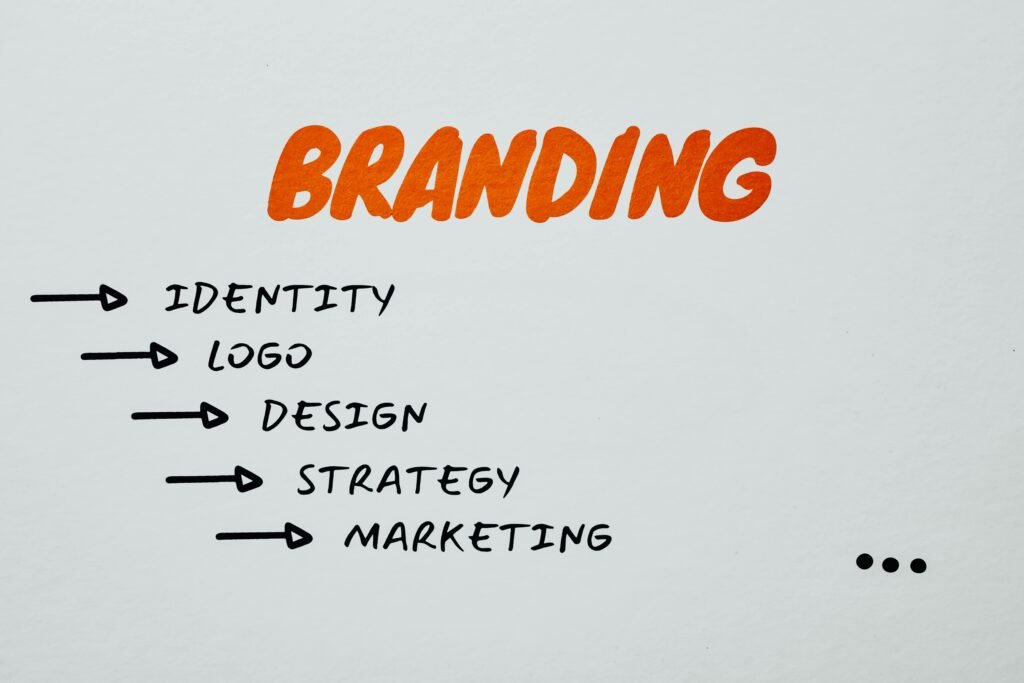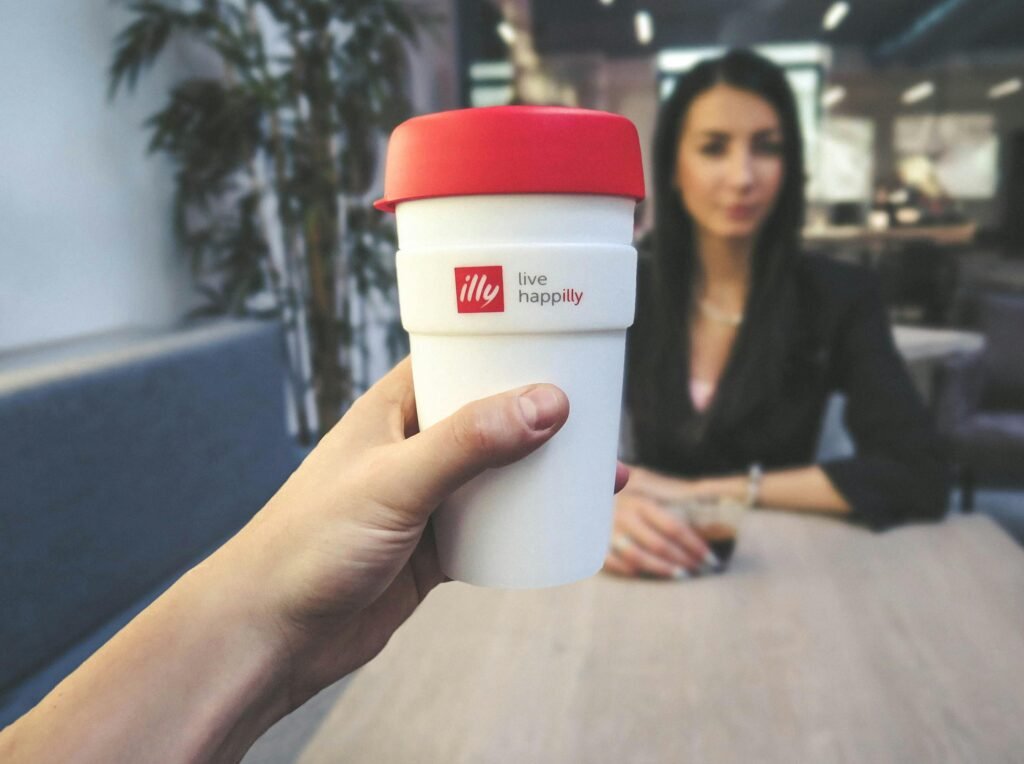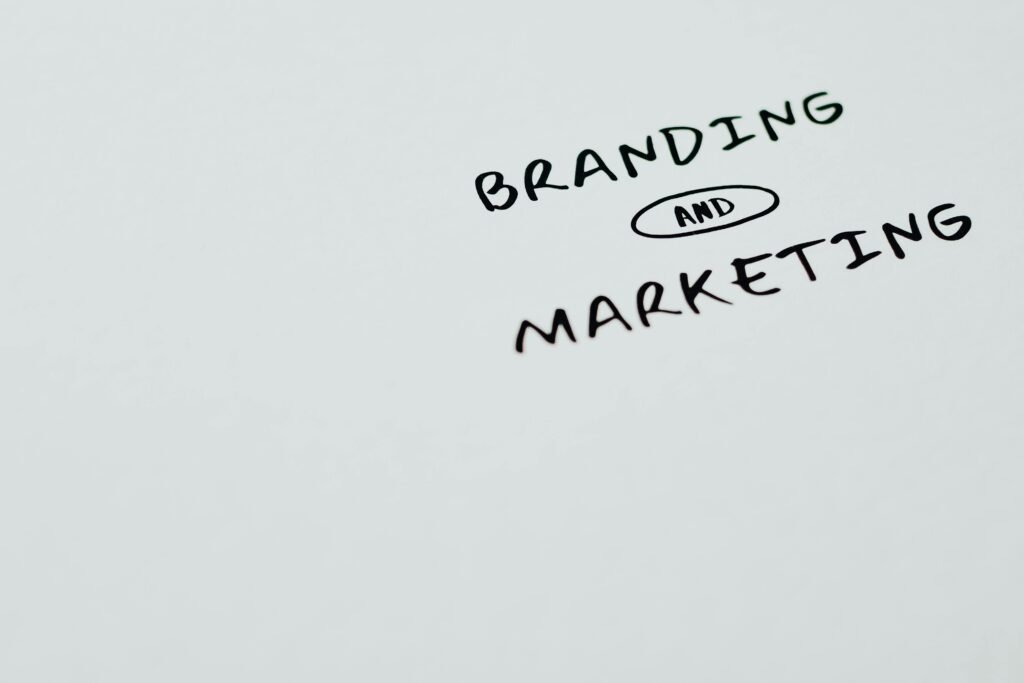Personal Branding vs Business Branding — Which One Wins?
1. Introduction
1.1 The Age of Identity and Influence
The modern marketplace is no longer ruled by products alone. It thrives on perception, personality, and presence. Every post, every story, and every logo carries a narrative. In a world saturated with noise, branding has become the currency of attention.

1.2 Why This Debate Matters More Than Ever
As entrepreneurs and creators step into the arena, one strategic question dominates their growth trajectory: Should they build around themselves or around a company? This isn’t a superficial choice — it shapes trust, longevity, and influence.
2. Understanding the Core Concepts
2.1 Defining Personal Branding
Personal branding is the strategic cultivation of an individual’s reputation, voice, and influence. It is where one’s story becomes the product and presence becomes the marketing engine.
2.2 Defining Business Branding
Business branding, in contrast, is the institutional identity built around a company. It’s the logos, colors, vision statements, and values that exist beyond a single individual.
2.3 How the Two Intersect
When an individual becomes the face of their company, the lines blur. Their personal identity fuels the company’s aura, while the business infrastructure amplifies their reach.
3. Historical Evolution of Branding
3.1 From Family Names to Corporate Giants
Branding began with artisans etching their family names onto products. Over centuries, these marks evolved into corporate empires — structured, scaled, and enduring.

3.2 The Rise of the Personal Brand Era
The digital revolution reversed the trend. Social platforms empowered individuals to become brands, often eclipsing companies themselves.
4. The Psychology Behind Branding
4.1 Human Connection and Trust
People trust faces more than faceless entities. Human relatability creates intimacy, making personal branding potent.
4.2 Emotional Imprints vs Institutional Presence
Personal brands evoke emotion; business brands exude stability. One inspires, the other reassures.
5. Key Pillars of Personal Branding

5.1 Authenticity and Voice
A personal brand thrives on a distinct voice — raw, unfiltered, and resonant.
5.2 Reputation Capital
Every interaction becomes social currency. A single tweet can build or break credibility.
5.3 Storytelling as Leverage
Stories aren’t accessories in personal branding; they’re the lifeblood. They forge emotional bridges.
6. Key Pillars of Business Branding
6.1 Identity Consistency
Business brands gain strength through uniformity — from packaging to customer service tone.
6.2 Scalable Impact
Unlike individuals, businesses can multiply their presence across markets.
6.3 Organizational Legacy
Companies can outlive founders, evolving through generations.
7. Strengths of Personal Branding

7.1 Humanization of Communication
Audiences crave connection, not corporate jargon. A personal brand speaks directly, not through policy.
7.2 Agility and Adaptability
A person can pivot overnight. A corporation, however, moves like a ship through thick fog — slowly.
7.3 The Power of Influence
A single statement from a trusted individual can spark movements. Influence becomes velocity.
8. Strengths of Business Branding
8.1 Stability and Longevity
A well-built company stands tall even when the founder steps back.
8.2 Resource Amplification
Business branding has the power of scale — teams, budgets, and networks.
8.3 Team-Driven Growth
Unlike personal brands, businesses can delegate influence.
9. Limitations of Personal Branding
9.1 Scalability Constraints
A personal brand grows with one person. This ceiling of capacity limits expansion.
9.2 Over-Identification Risk
When the person falters, the brand falters. There is no buffer.
9.3 Vulnerability to Public Scrutiny
Personal lives often become public spectacles, blurring boundaries.
10. Limitations of Business Branding
10.1 Lack of Relatability
Logos don’t hug. Corporations can’t cry. Emotional warmth often gets lost.
10.2 Slow Narrative Shifts
Rebranding a business is like turning an aircraft mid-air — complex and expensive.
10.3 Bureaucratic Tone
The corporate voice often sounds sterile, distancing audiences.
11. Impact on Audience Engagement
11.1 Personal Brands and Intimacy
When a personal brand speaks, followers feel seen. Engagement spikes organically.
11.2 Business Brands and Authority
Business brands command respect and professional credibility, but often lack intimacy.
12. Trust Dynamics in Branding
12.1 The Trust Factor in Personal Brands
Trust stems from consistency of character — how the person shows up over time.
12.2 Institutional Trust in Business Brands
Business trust is earned through systems, reliability, and proof of performance.
13. Brand Longevity and Sustainability
13.1 How Personal Brands Age
Personal brands evolve with their owners — sometimes gracefully, sometimes fractiously.
13.2 Business Brands Beyond Founders
When built right, companies transcend personalities, growing with market tides.
14. Revenue and Growth Models
14.1 Monetizing Personal Influence
Personal brands often rely on consulting, courses, partnerships, and speaking engagements.
14.2 Scaling Through Business Ecosystems
Business brands thrive on product lines, franchises, and systems.
15. Crisis Management and Reputation Control
15.1 Personal Branding Under Fire
A single controversy can send shockwaves. Recovery depends on personal resilience.
15.2 Business Branding Damage Control
Corporations deploy crisis protocols, PR machinery, and legal buffers to contain reputational fire.
16. Social Media’s Role in the Branding Duel

16.1 Platforms Built for Personalities
Instagram, X, and LinkedIn elevate individual voices, rewarding raw authenticity.
16.2 Platforms Built for Enterprises
Facebook Pages, corporate websites, and B2B networks help amplify structured brand messages.
17. Case Studies: Personal Branding Triumphs
17.1 Elon Musk and the Personality Amplifier
Musk’s personal antics can sway markets. His persona fuels Tesla’s brand as much as the product itself.
17.2 Oprah Winfrey’s Trust Economy
Oprah built an empire of trust, turning personal ethos into a media institution.
18. Case Studies: Business Branding Giants
18.1 Apple’s Cult of Identity
Apple mastered institutional branding, turning design minimalism into a cultural language.
18.2 Nike’s Legacy of Movement
Nike’s “Just Do It” embodies resilience, outliving individual endorsements.
19. The Hybrid Model: Blending Personal and Business Branding
19.1 The Founder-Brand Symbiosis
When a founder amplifies the company and the company fortifies the founder, both thrive.
19.2 Building Resilient Brand Architectures
Smart brands interweave personal warmth with corporate strength, creating a future-proof presence.
20. Conclusion
20.1 The Real Winner in the Branding Arena
There is no absolute victor. Personal branding ignites emotion; business branding ensures endurance. The most powerful strategy is often synergy, not rivalry.
20.2 Future Trajectories of Brand Power
As digital landscapes expand, brands that balance humanity with structure will lead the era of influence. Not one over the other — but both, intertwined with intention.

Recent Comments